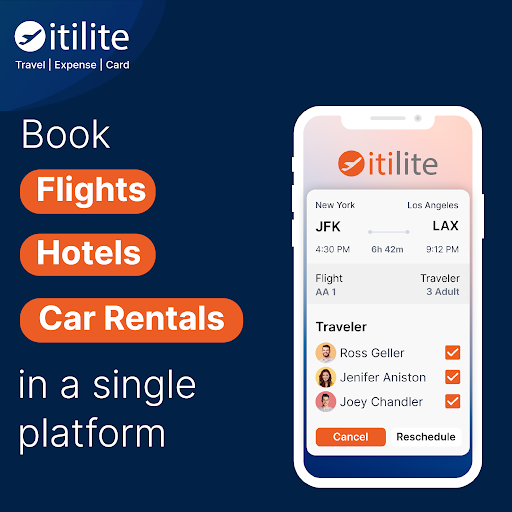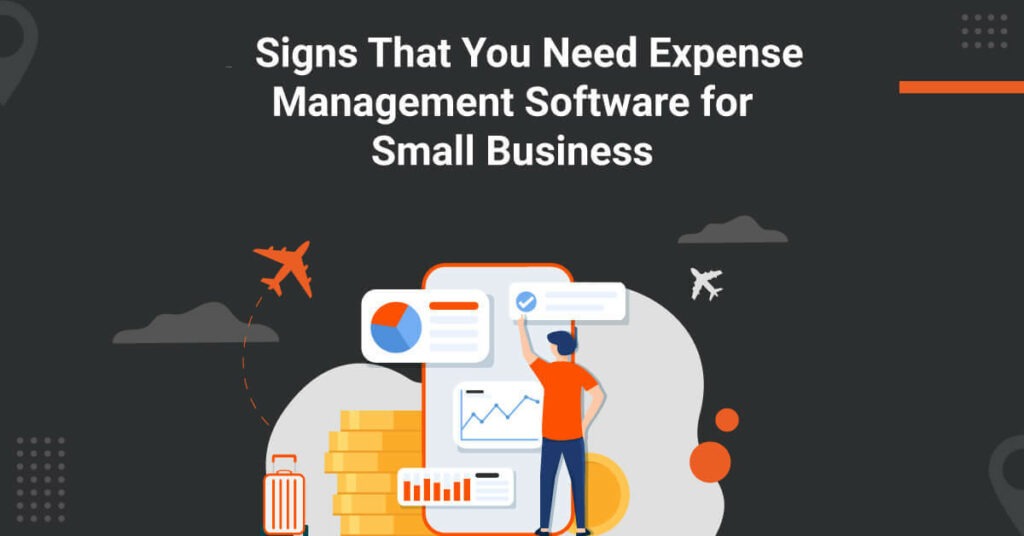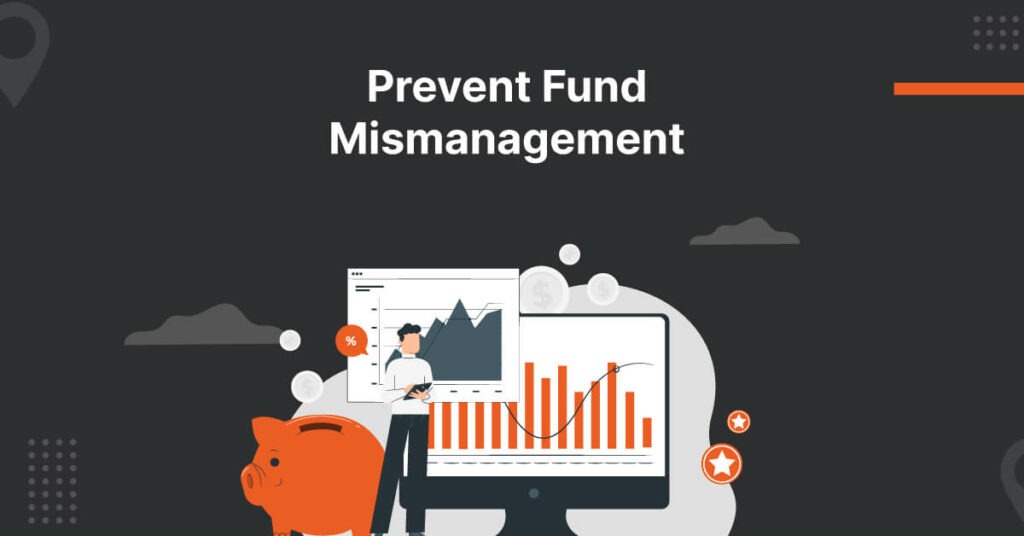
In today’s increasingly digital world, Software as a Service (SaaS) has revolutionized the way we do business and interact with technology. SaaS provides numerous benefits, from flexibility and scalability to cost-efficiency and security.
However, there is one often-overlooked aspect of SaaS that is gaining prominence – accessibility. Ensuring SaaS-based accessibility is not just a matter of compliance with regulations; it’s a moral and ethical imperative.
Let’s explore how SaaS accessibility can be a powerful tool for improving the lives of differently-abled individuals, focusing on expense solutions designed to empower them.
The Rise of SaaS Accessibility
The digital transformation has permeated every aspect of our lives, from how we work and communicate to how we entertain ourselves. With this shift towards a more digital world, the accessibility of digital tools and platforms becomes paramount. This is where SaaS-based accessibility comes into play.
SaaS-based Accessibility is not just about making software usable for those with disabilities; it’s about making technology universally accessible to all. From web accessibility standards to designing applications that accommodate various user needs, the emphasis on SaaS-based accessibility has grown substantially over the years.
One of the key aspects of SaaS-based accessibility is ensuring that differently-abled individuals can effectively use these tools without encountering barriers. This means that SaaS solutions should be designed and developed to cater to a wide range of abilities, from visual and auditory impairments to mobility challenges.
The High Expense of Inaccessibility for Differently-Abled Individuals
Inaccessibility in SaaS platforms comes at a high cost to differently-abled individuals. It often means that they are excluded from essential services, job opportunities, and information. It is, in essence, an unnecessary expense that they must bear. The cost of this exclusion is not merely monetary but extends to social, psychological, and personal well-being.
For instance, an inaccessibility issue in a SaaS-based job application portal might mean that a highly qualified candidate with a disability never even gets a chance to apply for a job. In this context, the expense of inaccessibility is twofold. It’s a loss for the individual who misses out on potential employment, and it’s a loss for the employer who could have benefited from their skills and talents.
In addition to job opportunities, differently-abled individuals may face extra expenses due to inaccessibility in other areas of life. For example, if a visually-impaired person cannot access their bank’s online services due to poor SaaS-based accessibility, they might have to visit a physical branch regularly, incurring extra business travel costs and time.
SaaS Accessibility: Empowering Differently-Abled Individuals
The very nature of SaaS, with its cloud-based architecture, offers a unique opportunity to improve accessibility. When SaaS providers prioritize accessibility, they can swiftly update their services, pushing out accessibility improvements to users without requiring them to install new software or update their devices.
Screen Readers and Voice Commands: For those with visual or mobility impairments, screen readers and voice command integration in SaaS platforms can be game-changers. This feature makes it possible for users to navigate through the software using audio feedback and voice commands, which significantly enhances usability.
Customization Options: Offering different themes, font sizes, and color contrasts allows users to adapt the SaaS platform to their specific needs. This level of customization can improve the user experience for people with various visual and cognitive impairments.
Captioning and Transcripts: SaaS-based accessibility should encompass video content as well. Including captions and transcripts for videos ensures that individuals with hearing impairments can fully engage with the content.
Keyboard Navigation: A significant aspect of accessibility for those with mobility impairments is keyboard navigation. SaaS platforms should be operable without a mouse, as many assistive devices rely on keyboard input.
Regular Testing and Feedback Loops: SaaS providers should commit to ongoing testing and gathering feedback from differently-abled users. This iterative process ensures continuous improvement in accessibility and the elimination of potential barriers.
Expense Solutions for Differently-Abled Individuals
While enhancing SaaS-based accessibility is crucial, providing expense solutions for differently-abled individuals is equally important. Accessibility features alone are not sufficient if these individuals face financial barriers. Here are some expense solutions that can help mitigate the financial challenges they may encounter:
Subsidized Accessibility Tools: Government agencies, non-profit organizations, and some corporations offer subsidized or free accessibility tools. These tools range from screen readers to adaptive keyboards, making it more affordable for differently-abled individuals to equip themselves with the necessary technology.
Tax Incentives: In many countries, there are tax incentives and deductions available for differently-abled individuals and their families. These financial incentives can help offset the expenses related to accessibility technology and services.
Corporate Inclusivity Programs: Forward-thinking companies often have inclusivity programs in place that provide financial support for employees with disabilities. These programs may cover the costs of assistive devices, software, or any other necessary business travel accommodations.
Scholarships and Grants: Differently-abled individuals looking to pursue higher education can seek scholarships and grants specifically designed to support their educational needs. Many organizations offer financial assistance for students with disabilities to cover the cost of accessible technology and educational resources.
Government Assistance Programs: In some countries, government assistance programs exist to provide financial support to differently-abled individuals. These programs may include financial aid for accessibility tools and services, as well as support for daily living expenses.
By combining accessible SaaS platforms with well-structured expense solutions, we can create a more inclusive environment for differently-abled individuals. These initiatives not only reduce the expenses they might incur but also enable them to participate fully in various aspects of life, from education and employment to social interactions and entertainment.
The Benefits of SaaS Accessibility for All
Enhancing SaaS-based accessibility benefits not only differently-abled individuals but society as a whole. When we make travel management technology more inclusive, we open doors to a wealth of talent and diversity, fostering innovation and creating a more equitable world. Let’s explore some of the broader benefits:
Diversity and Inclusion: By ensuring that SaaS platforms are accessible to all, organizations can foster a culture of diversity and inclusion. This not only helps attract and retain a broader talent pool but also promotes creativity and innovation.
Market Expansion: Accessible software can tap into new markets. There’s a growing awareness and demand for products and services that are accessible to all, so by making your SaaS solution accessible, you can reach a wider audience.
Legal Compliance: In many regions, accessibility is now a legal requirement. Ensuring SaaS-based accessibility not only keeps your organization compliant but also shields it from potential legal expenses and reputational damage.
Improved User Experience: Accessibility features often benefit all users, not just those with disabilities. Features such as voice commands and keyboard navigation can enhance the user experience for everyone, making your SaaS product more appealing to a broader audience.
Ethical Reputation: Organizations that prioritize accessibility earn a reputation for being ethical and responsible. This can lead to increased customer loyalty and positive word-of-mouth, which can drive business growth.
Conclusion
SaaS-based Accessibility is more than just a buzzword; it’s an imperative. The cost of inaccessibility for differently-abled individuals goes far beyond financial expenses. It affects their opportunities, independence, and overall quality of life. We must recognize that by investing in SaaS-based accessibility and expense solutions, we’re investing in a brighter, more inclusive future for all. This is not an expense; it’s an investment in human potential, diversity, and the betterment of society as a whole.
Hence, making software accessible to differently-abled individuals isn’t just about complying with regulations; it’s about enhancing their lives and reducing the unnecessary expenses they face due to inaccessibility.
By combining SaaS accessibility with expense solutions like itilite, we can create a more inclusive, equitable, and innovative society.
Itilite expense management software takes advantage of cutting-edge functionalities, including the detection of cost leakages, adherence to expense policies, identification of fraudulent activities, and the automation of the complete expense reporting process. When you opt for itilite, you simplify your operations and acquire a strategic ally committed to ensuring your financial prosperity.
To learn more, book a free demo now!















 and then
and then